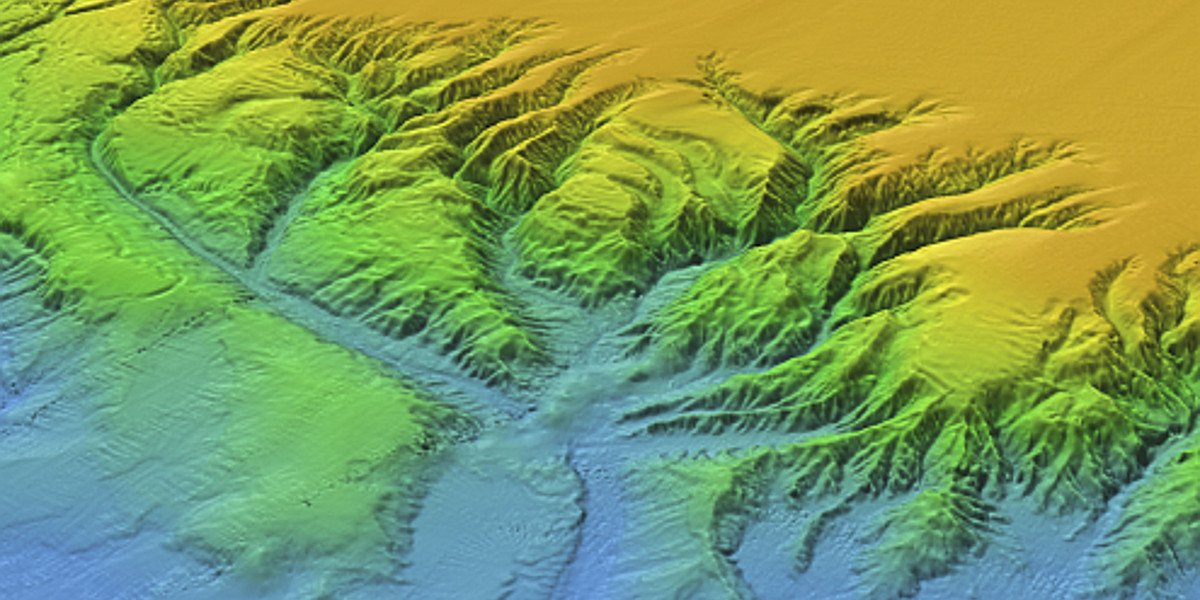BYPASS_The unknown role of Submarine canyons? Pathways or sinks for Organic Carbon?
Lateral carbon fluxes understudied
Whereas it is clear that on geological timescales the marine carbon cycle controls global carbon partitioning and hence atmospheric pCO2, carbon fluxes within the marine domain remain poorly constrained. Although Earth System Models take into account vertical organic carbon fluxes in the ocean, lateral transport pathways are seriously understudied and therefore not included in such models.

Submarine canyons important for organic matter fluxes
Multiple studies indicate that lateral transport actually plays a dominant role in organic matter fluxes from continental margins to the deep ocean. Most of this lateral transport is probably channelled through so-called submarine canyons, which provide effective connections between productive shelf waters and the nutrient-poor deep-sea. Moreover, submarine canyons not only provide effective conduits, but also their steep and irregular topography interacts with hydrography, resulting in enhanced turbulence and mixing that affects organic matter dispersal, remineralization and potentially even retention.
Feedbacks on climate change
The heterogeneity of canyons provides a multitude of habitats for deep-sea fauna, which play a significant role in remineralisation processes. These so far unquantified pathways urgently need to be constrained to provide crucial boundary conditions for Earth System Models, and hence better prediction of future climate change. Therefore, I here propose to establish a process based understanding of the role of submarine canyons in deep-sea carbon pathways, using a multidisciplinary approach. Deep-sea benthic observatories equipped with novel instruments will be deployed to capture physical processes that govern particle transport at all relevant time scales. Particle fluxes and biogeochemical properties will be determined to distinguish between fresh and refractory carbon. These will be related to community respiration of biodiversity hotpots within canyons to establish remineralisation rates. Especially in a fast changing world it is crucially important to understand transport, sequestration and remineralisation processes, as these underlay carbon fluxes between surface and deep ocean and hence potentially have both positive and negative feedbacks on climate change.